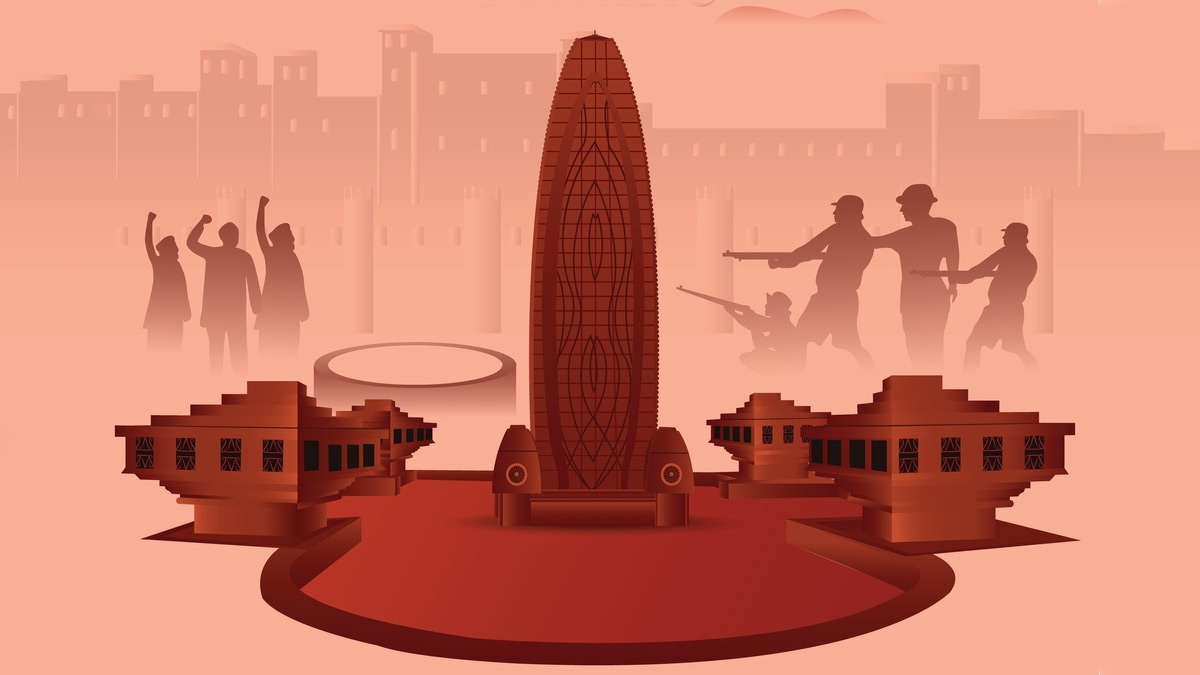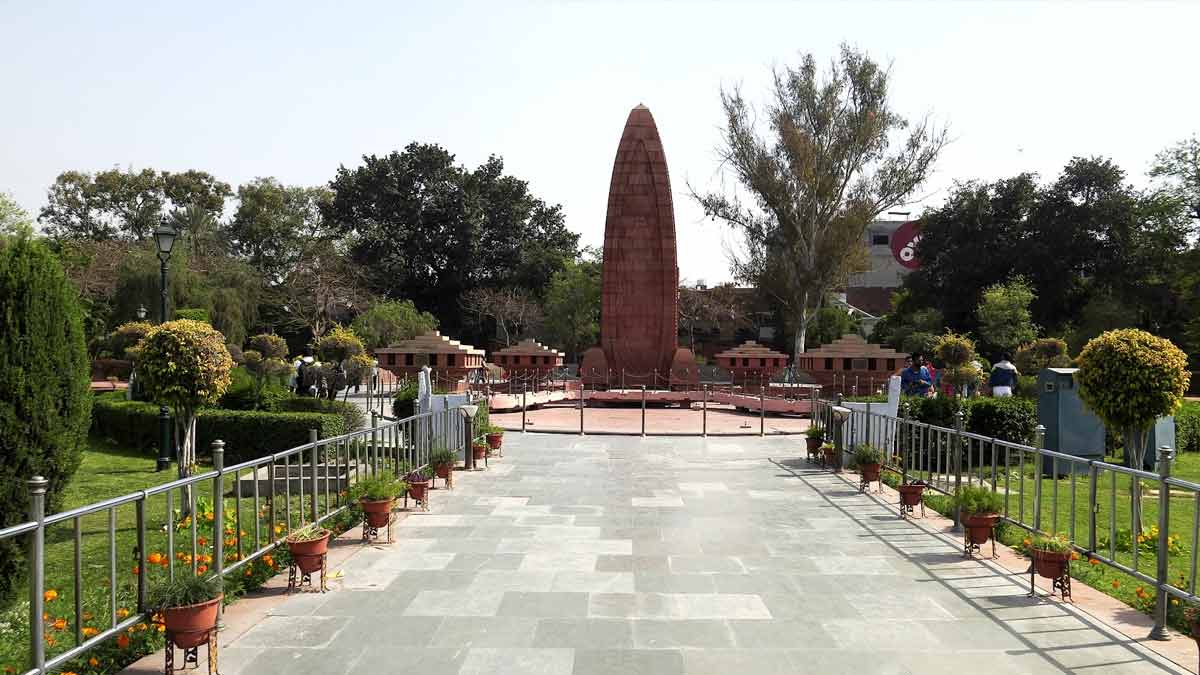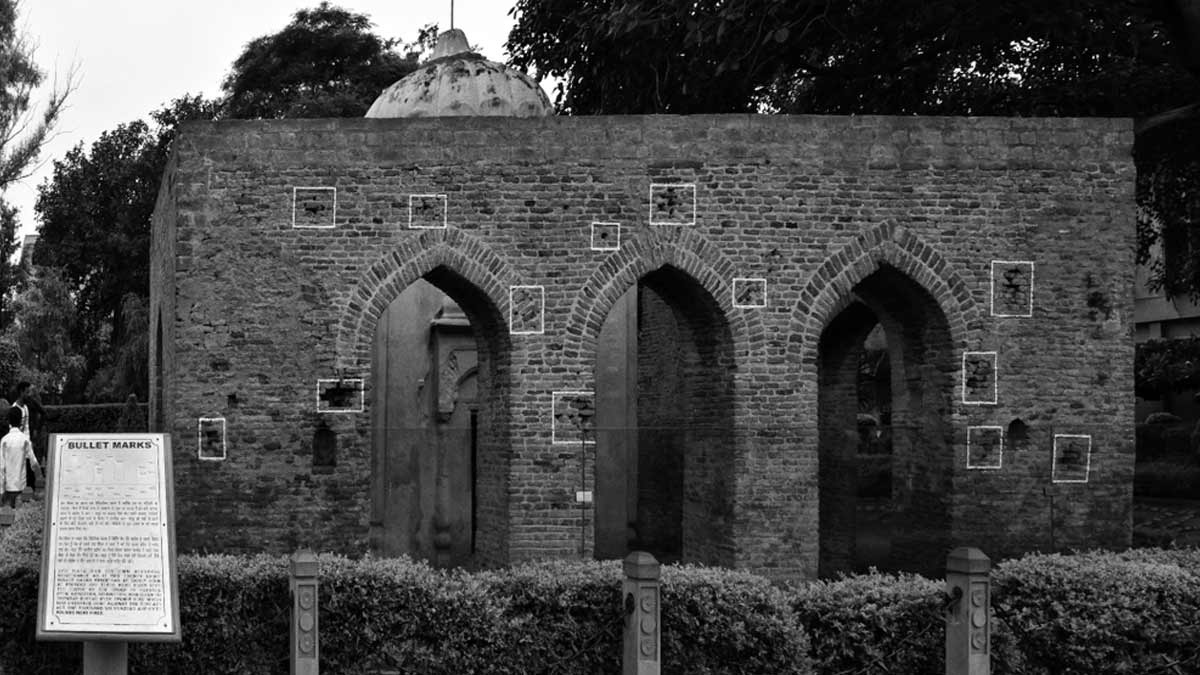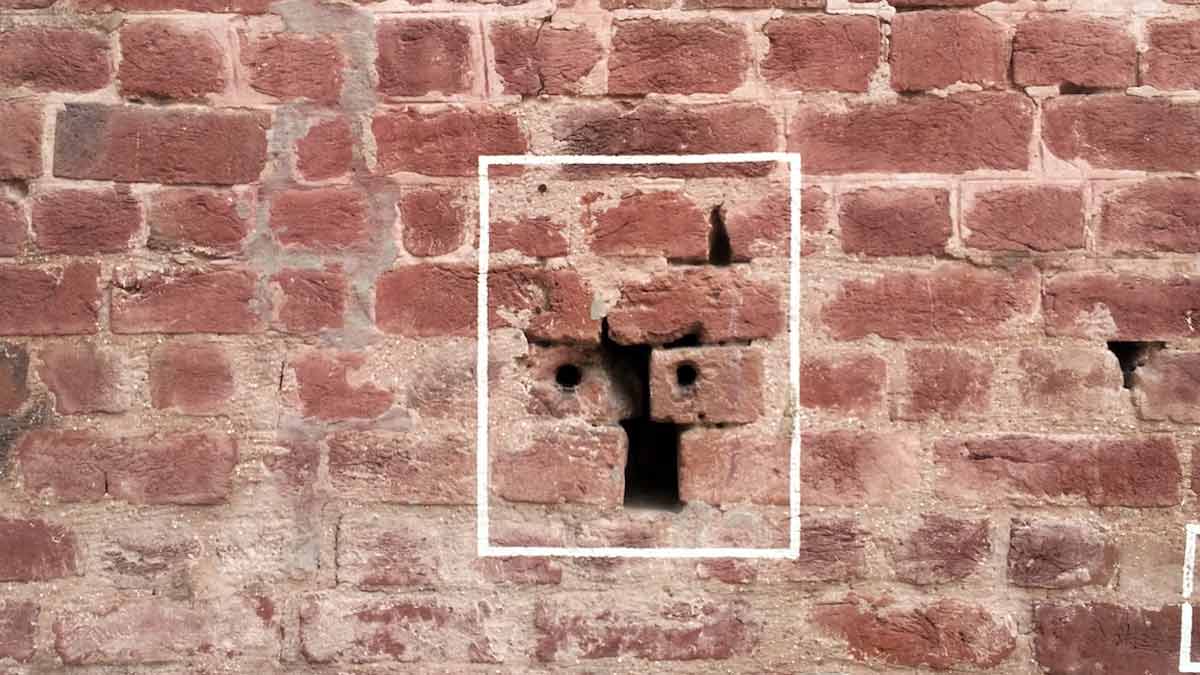
Jallianwala Bagh: 104 Years Later, Remembering Impact Of The Baisakhi Day Massacre
On April 13, 1919, the Jallianwala Bagh massacre left Indians scared to their core. Brigadier General REH Dyer ordered the shooting of people and protesters gathered at the ground to celebrate the festival of Baisakhi.
It was estimated that hundreds of people were killed and thousands were injured, though British government estimates put the number of those killed at 379. Other records indicate that more than a thousand people died. These included women and children who could not find an escape route. This incident in Punjab agonised Indians, and freedom fighters became more adamant to free the country from the British Raj.
Jallianwala Bagh History

How did the massacre come about, though? There was a series of incidents that led to it.
In 1915, the Defence of India Act was passed to limit the political and civil liberties of the citizens. In 1919, the Rowlatt Act was passed to further limit the movement of revolutionaries in India. It was responsible for large-scale political unrest throughout the country.
These acts made it impossible for people to communicate or travel. Railways, communication systems and telegraph lines were disrupted. Many revolutionary events, especially in Punjab, around April 1919 brewed terror among Britishers. People were already angry at the inconvenience they were facing due to restrictions on travel and communication. The colonial rulers were terrified after the destruction of a few telegraph posts, cutting off railway lines, murder of a few Europeans and burning of some government buildings.
The British government decided to put the entire Punjab under Martial Law that suspended the legal processes of civilians for the sake of military powers. It restricted a number of liberties, including freedom of assembly which referred to gatherings of more than four people in one place.
On April 12, the leaders of the hartal held a meeting in Amritsar and announced a public protest to be held the following day in the Jallianwala Bagh. On Sunday, April 13, General Dyer convinced government heads to ban all meetings and gatherings. However, this decision was not announced widely.
1
2
3
4
Therefore, thousands of people gathered in Jallianwala Bagh on April 13, 1919, to celebrate Baisakhi and protest peacefully against the arrest of two leaders, Saifuddin Kitchlew and Satyapal.
Many of them had gone to pay their respects at the Golden Temple and were passing by the garden.

Local police and General Dyer were aware of the celebration of Baisakhi in the Jallianwala Bagh. According to several claims, Dyer even arranged a plane to fly over the garden and estimated that at least 6,000 people were present in the garden. However, the Hunter Commission estimated that by the time Dyer closed the gates of the Jallianwala Bagh, at least 10,000 to 20,000 people were present inside the 200 yards by 200 yards ground featuring 10 feet high walls and five narrow entrances.
About an hour after the meeting began in the evening, General Dyer arrived with a group of at least 50 troops, including soldiers from Gurkha Rifles, Baluch, Pathans and Sindh Rifles, who had proven their loyalties to Britishers.
Without any warnings, General Dyer ordered the closing of entrances of the Jallianwala Bagh and instructed troops to open fire in the densest sections.
Hundreds of unarmed men, children and women were killed by gunfire. Many died after getting crushed in the stampedes around the gates. There is a plaque placed in the garden after independence which states that about 120 dead bodies were recovered from a well. General Dyer had also advanced the curfew timings that evening, making it impossible for people to help the injured, who later succumbed to their wounds.
Many historians believe that it was General Dyer who ordered the mass shooting, but it was Michael Francis O’Dwyer who was a key man behind the massacre.
Don't MisS: Being A Brown Daughter: How I Was Taught To Cook While Growing Up
Impact Of The Jallianwala Bagh Massacre

General Dyer had reported about 200 casualties, and so was reported in the newspapers the next morning. The Hunter Commission based its figures on a different number. In 1920, Winston Churchill reported that at least 400 people were killed. Most people are convinced that official figures were rigged based on the estimated number of Indians gathered on the ground and the time period of the shooting.
Though the British Government tried to hide news about the massacre, it spread like wildfire throughout the country. However, officials in Britain only came to know about it in December 1919.
The brutal killings of unarmed and innocent people led many citizens to drop their unwavering loyalty to the Britishers and join the freedom struggle. New committees were formed and movements against British Raj increased.
Don't Miss: Baisakhi 2023: Here's What The Festival Has In Store For All The Sun Signs
In 1927, General Dyer died of arteriosclerosis and cerebral haemorrhage in Britain. Indian revolutionary Udham Singh shot O’Dwyer in 1940 in London. A movie titled ‘Udham Singh’ is available to watch on Amazon Prime Video. It was directed by Shoojit Sircar and had Vicky Kaushal as the lead.
Over a century after the massacre, the incident sends a shiver down the spine when anyone reads about it, especially the recorded anecdotes of people who lived through it.
Today, Jallianwala Bagh is a crucial site in Amritsar. It has been remodelled since 1919. However, marks of bullets in the red brick walls serve as proof of the massacre, and a reminder of the tragedy.
Also watch this video
Herzindagi video
1
2
3
4